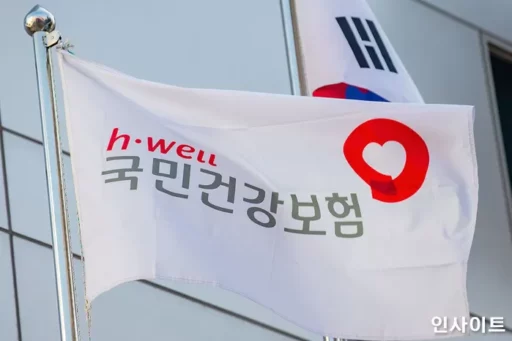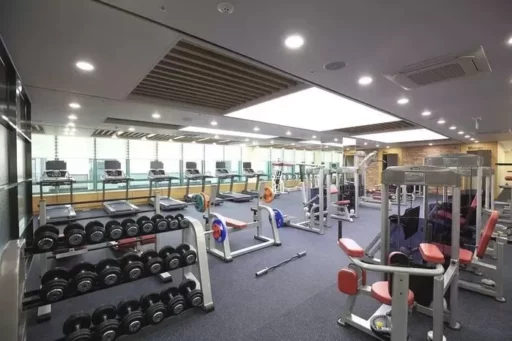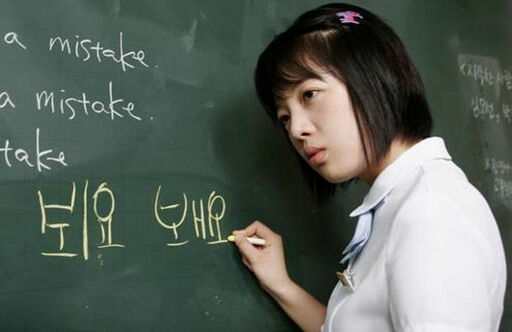
"The phrase '어떻해 이게 왜 않대 외 나안테만 글애' clearly violates spelling rules, as anyone can see."
However, aside from expressions that are obviously incorrect, there are moments in our daily communication, such as while messaging on KakaoTalk, when one might wonder, "Is this correct?"
As the popularization of loanwords and the prevalence of 'school lunch slang' increase, even the relatively simple rules of Korean spelling can sometimes become confusing.
For those who have paused and thought, "Korean looks weird" several times a day, or those who suddenly stop mid-conversation to ponder, let's pay attention here.
This may be a spelling test for first graders, but for those who struggle with Korean spelling, these words might leave them puzzled.
Ambiguous Korean can easily lead to confusion. Let’s commit these to memory today so we don't waver again.
Below are eight spelling problems for first graders that even adults get wrong.
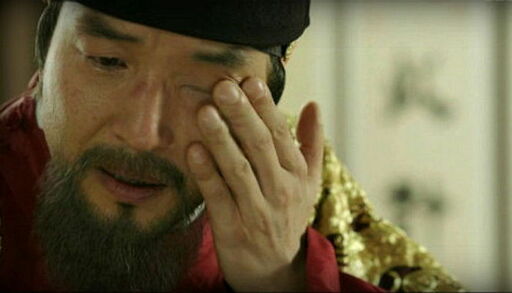
1. 깨끗히 vs 깨끗이
First, words that can form with '-하다' are written with '-히'. However, among these, there are cases where they should be written as '-이' instead of '-히'.
This specifically applies to words ending with the 'ㅅ' batchim. Thus, the correct expression is "손을 '깨끗이' 씻는다."
2. 쫑긋쫑긋 vs 쫑끗쫑끗
'쫑긋쫑긋' is an adverb describing the act of stiffly lifting things like lips or ears.
It should correctly be written as '쫑긋쫑긋'.
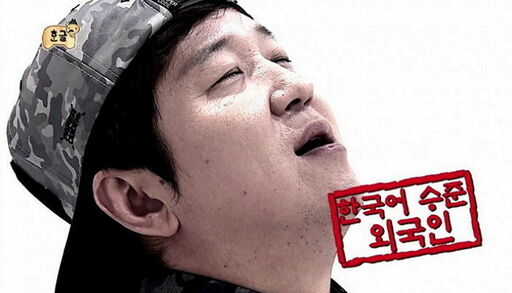
3. 배짱이 vs 베짱이
'베짱이' refers to a type of grasshopper in the Orthoptera order. The proper expression is "개미와 베짱이."
The potentially confusing '배짱' is a noun that refers to the thoughts or attitudes one firmly holds in their heart, exhibiting a nature or attitude of not bending at all.
4. 사뿐이 vs 사뿐히
'사뿐' means to walk lightly enough that no sound is made, or to move very lightly.
Referring back to the explanation of 깨끗히 and 깨끗이, this becomes an easier question. Words that can take '-하다' can use '-히'. Therefore, it should be written as '사뿐히'.

5. 붙혀진 이름 vs 붙여진 이름
'붙이다' means to make something stick, to touch each other. Thus, it should correctly be written as "나를 닮아서 '붙여진' 이름."
'부치다' means to lack strength, to send letters or items, or to bring any issues to the discussion table.
6. 눈곱 vs 눈꼽
'눈곱' refers to the sticky substance that comes from the eyes or the dried remnants of it.
'눈꼽' is a phonetic representation, and the standard term is '눈곱'.
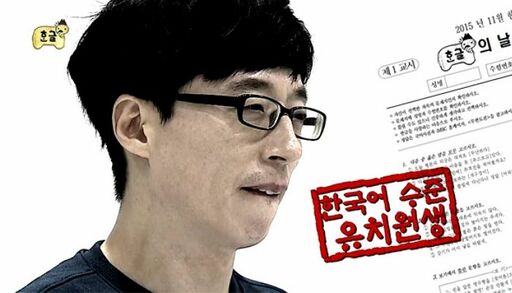
7. 방구 vs 방귀
'방귀' is derived from the Chinese character word for air release, '방기'. Due to difficulties in pronunciation, many people say '방구', but the standard term is '방귀'.
8. 내딛이다 vs 내디디다
The correct spelling is '내디디다', meaning to move a foot forward or outward, changing positions from one place to another.
Image source: unrelated material photos from the article / movie 'Isn't It Good?', unrelated material photos from the article / SBS 'Deep-rooted Tree', unrelated material photos from the article / MBC 'Infinite Challenge'

